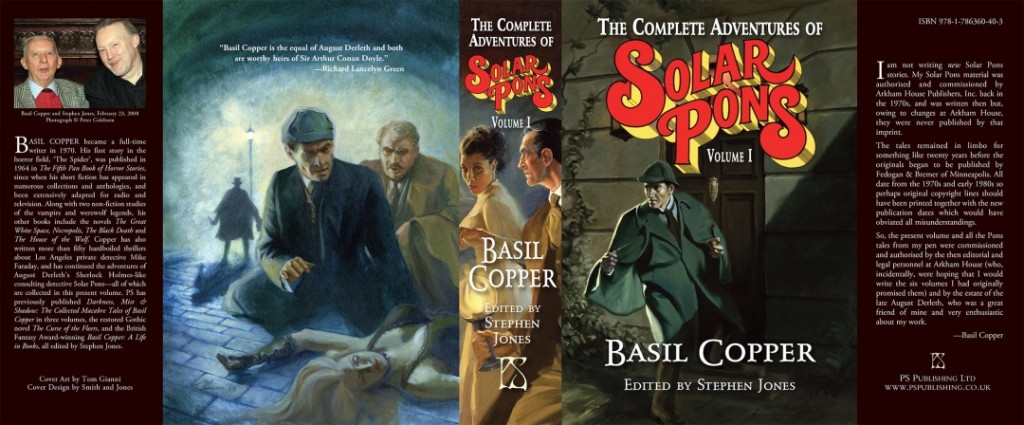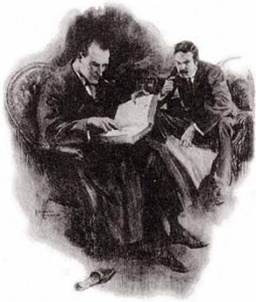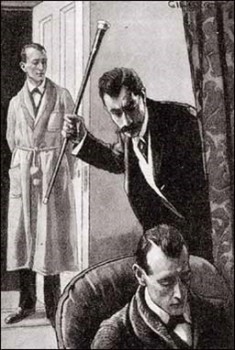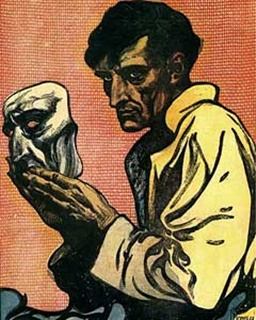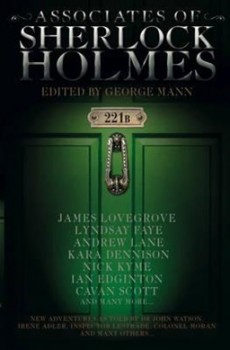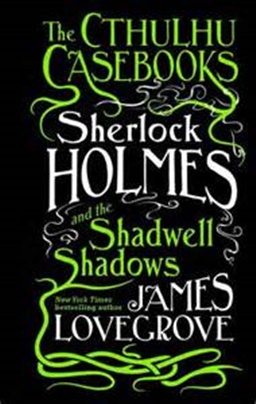The Public Life of Sherlock Holmes: Solar Pons – The Complete Basil Copper
I’ve posted a few times about Solar Pons, whom Vincent Starrett called, “The best substitute to Sherlock Holmes known.” Since I created www.SolarPons.com and founded The Solar Pons Gazette, it’s fair to say I’m a big fan of the ˜Sherlock Holmes of Praed Street.’
August Derleth wrote seventy-something stories about his creation before passing away in 1971. Derleth’s Arkham House publishing company had printed some works by British horror author Basil Copper and Arkham editor James Turner, in response to a Pons-related letter from Copper, suggested that the British writer compile the entire Pons collection into a two-volume Omnibus. Copper did so, making some 2,000 edits to Derleth’s originals to ‘correct errors.’ Copper referred to this Omnibus as “a veritable feast for Pontine enthusiasts.”
Sure. Except that there was a major outcry from said enthusiasts at Copper’s hubris in rewriting the master’s work (reminds me of L. Sprague de Camp ‘revising’ Robert E. Howard’s original Conan writings). It seems to me that the split was never healed. Meanwhile, Turner asked Copper to continue the Pons saga. Copper wrote four collections of stories and one partially completed novel over the next few years (he would go on to release two more collections of originals and complete the novel).
